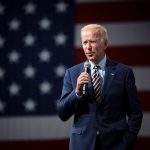
50 Years Ago | Non-Indian workers begin leaving tribe
During the summer of 1972, I began seeing something that never happened before in the history of the Navajo Tribe – the exodus of employed non-Indians.
It took several years but eventually the number was reduced from the 50 to 60 at the beginning of the MacDonald administration to about 12 or 13 by 1980. For the first time, the government was run by Navajos in almost all areas.
From its beginnings in 1922 until the end of the Nakai administration, most of the important positions were held by non-Indians. And it wasn’t because of desire but former chairmen realized they had choice because there weren’t any Navajos qualified to run these programs.
This all changed in the 1950s with the discovery of uranium on the reservation and the decision to fund a scholarship program and urge young Navajos to seek higher education. This resulted in a major uptick in the number of Navajos graduating college and becoming suitable for hiring as managers.
What I was seeing in 1972 were non-Indian employees knowing the handwriting on the wall and if they saw an opening in the BIA or the private sector, they would go for it rather than being forced out for a Navajo placed in their position.
What was causing this feeling were rules that required non-Indian employees to start training a Navajo to take their place. I never heard of anyone being given a deadline but there probably was some in some cases. Applications came in, no Navajo met the minimal requirement so they would have to do the process all over again.
The sole result of this was to delay putting the program into play for months, which would usually have negative effects on the program reaching its goals. In all cases, the personnel office would have to lower its requirements.
And then there was the tribal police department which had its own unique problem.
Throughout the 1970s, police chiefs were non-Indians – Roland Dart and Phillip Meek. Before each of their hiring, the Council’s Police Committee passed resolutions calling for a Navajo to be hired.
At one of the committee’s meetings, I attended and the members said the perfect solution was to appoint someone within the police department. But even I knew at that time that would not happen.
The most important priority in selecting a new police chief was getting a professional who could shape up the police department and make changes. Hiring from within would not accomplish this.
The tribe finally started hiring Navajos as police chiefs in the 1980s because by then Navajos had reached high positions in off reservation police departments.
But this did not always work out.
It seemed like every Navajo police chief wanted to shape the department into the exact image of the police department he had left. You can imagine how that worked out.
I remember one new police chief coming in and deciding that his department captains didn’t do any work so he began assign assigning them new duties.
The captains began stalling and filing complaints until he resigned and a new police chief was hired with different changes.
Another police chief thought the main problem with departments was their image, so he held daily inspections to make sure their shoes were polished,and their uniforms were spic and span.

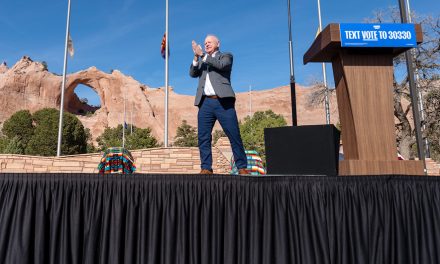
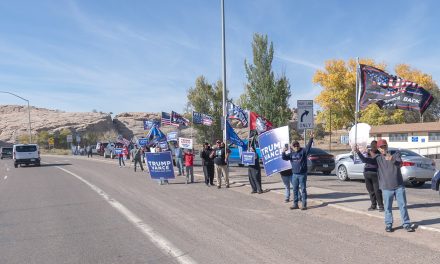
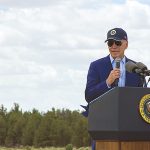
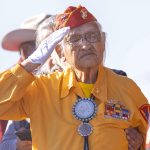
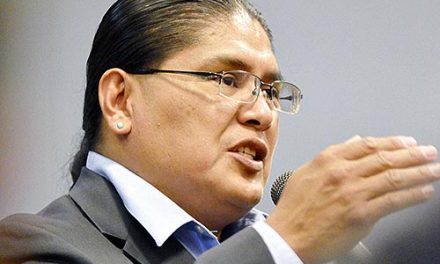




 Highway 264,
Highway 264, I-40, WB @ Winslow
I-40, WB @ Winslow